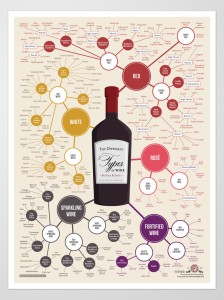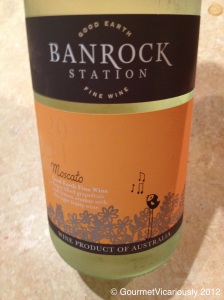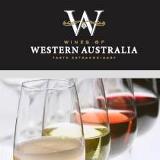Hi everyone,
While the northern hemisphere is rugging up for a cold winter in Australia we will be getting our barbecues and bathers out in expectation of a hot and sunny Christmas Day. This post will hopefully be a good guide for you, whether you are supplying a lunch or dinner at your place of even just bringing a bottle of wine to wherever you end up on the festive occasion. I have broken the wine’s down into different categories of food that is often served in Australia on Christmas Day, along with some personal favourites.
Appetisers:
A nice glass of bubbly is a good way to start off your Christmas Day of feasting.
BBQ:
Consider lighter to medium bodied red wine or an acidic and aromatic white wine or dry Rose will pair across the range of foods you can barbecue. When pairing wine with barbecue you want to keep the wine simple and uncomplicated to match the simple flavouring and styling of food that you would barbecue.
Seafood:
When it comes to seafood you want to pair it with a light wine which has a nice degree of acidity behind it so that you really get the best flavours out of pairing it with the seafood. Look for a citrusy Sauvignon Blanc, a fruity and crisp Pinot Grigio/Gris or a dry Rose.
Roast Lamb/Beef:
Lamb and Beef being darker and more dense meats will need a wine with more structure and depth in it so that both the wine and the food will compliment each other rather than one overpowering the other. You will also need to take the sauce(s) you will be using into account as their richness will also impact upon which wine is your best option.
For the meat: a red wine like a Shiraz or Cabernet Sauvignon that has seen some age in the bottle as well as having had the chance to breath either in a decanter or by opening the bottle before serving. Also if it is a very hot day think about popping your bottle of red into the fridge for about 15 minutes before serving so that thee wine will be at it’s optimum serving temperature while you eat your meal (15-20C). The wine will also develop over the course of the meal as it warms and you will see it’s aroma’s and taste evolve along with your meal.
Roast Chicken:
A roast chicken being a lighter meat allows you to pair a white or red wine with it, depending upon what seasoning and sauces you. For a roast with a light lemon seasoning look for a Sauvignon Blanc, Riesling, Pinot Grigio/Gris, Chenin Blanc or continue with the bubbles.
Roast Pork:
Less tannic reds are preferred when pairing with roast pork as it is a lighter meat than Beef and Lamb and due to that needs to be paired with a more softer wine that still has enough body to pair with the meat. Look for a red blend that contains Merlot or Viognier to soften the wine.
Cheese/Fruit:
Soft cheese = eg. Camembert and Brie
Consider white or sparkling wines, so as to not overpower the softer textures and flavours of the wine, however if you are daring a full bodied dry red is said to also pair nicely due to it’s contrasting texture and flavour.
Hard cheese = eg. Cheddar and Parmesan.
Consider red wines for a stronger tasting cheese otherwise if the cheese is milder in flavour and medium-to-hard texture you can then look into pairing it with a fortified, sparkling or a full bodied white wine.
Eye cheese = ed. Edam, Gouda, Havarti and Swiss-styled cheese.
Consider a full bodied white wine, medium bodied red wine or a sweeter desert or fortified wine to play best with the softer textures of the wine and the stronger flavours found in some of these cheeses.
Blue cheese = eg. Gorgonzola and Danish Blue.
generally sweeter and fortified wines do better with blue cheese, however if it is a mild blue cheese you can possibly pair it with a softer red wine. Look for a wine which is aromatic but sweet to give you the best contrast with the blue cheese.
Fruit: consider aromatic and/or sweeter wines.
Desert:
Fortified, sweet still and sweet sparkling wines would go amazing with desert.
Until next time!
















